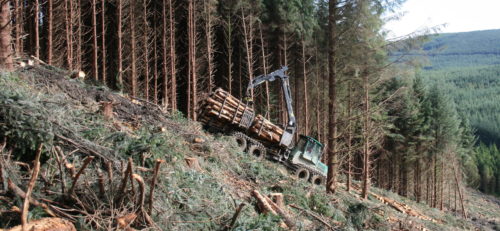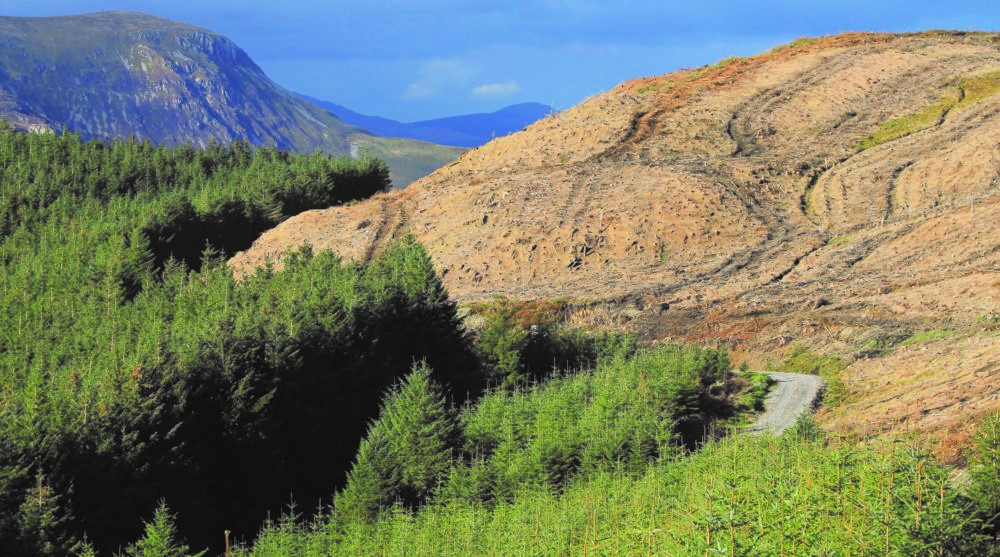There are number of key factors to consider:
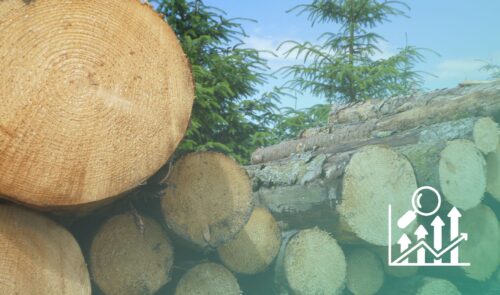
Forecast Increased Timber Demand
The UK is the second largest timber importer in the world and global demand for timber is predicted to quadruple by 2050.
Drivers such as population growth, urbanisation, and the growth in requirement for low carbon footprint building materials such as timber are major megatrends behind this forecasted increase in demand, which should see prices rise for domestic timber producers over the long term.
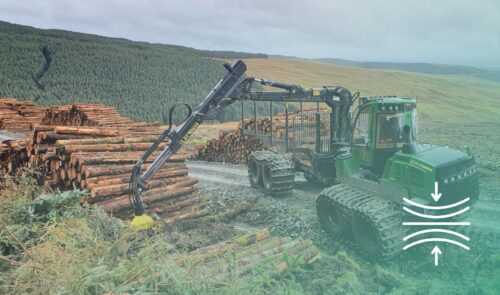
Timber Harvesting Flexibility
Unlike crops that must be harvested annually, forest harvesting to produce timber can take place within a window opportunity which may last several years.
Forest owners can therefore choose to harvest or not depending on market conditions, waiting for the right moment to take advantage of favourable timber prices and boost forecasted returns.

Income and Capital Growth
Although with all forestry investments, capital returns form a significant component of future cashflows, depending on your investment objectives and the nature of cashflow required, forest assets can be sourced to provide either greater or lesser amounts of cash returns.
Also, the opportunity of afforestation and natural capital can create multiple potential cash income streams such as grant income and sale of carbon credits in addition to income from timber sales through harvesting.
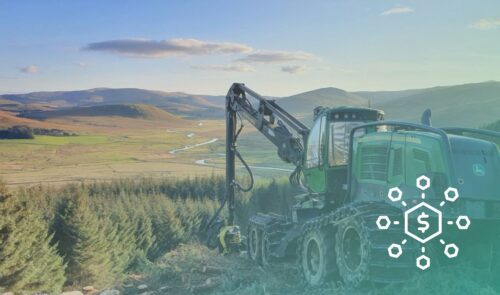
Hedge Against Inflation
Since forestry involves investment now to secure future cashflows it can be said to hedge inflation and protect capital.

Tax Considerations
Commercially focused woodlands are favourable from a taxation perspective. Individual investors can benefit from a variety of tax incentives that encourage private ownership of woodland.
In addition, forestry can function very well for institutional investors seeking ESG outcomes due to its ability to support the environment and biodiversity, provide employment in remote rural communities and the assurance of highly developed sustainability accreditation certification.
For any investor, whether individual or institutional, forestry investment is a long term illiquid venture and requires a degree of investment in time to understand the nature of the asset class and both how strong returns can be sourced and where there are risk factors to be understood.
Contact a member of our team
